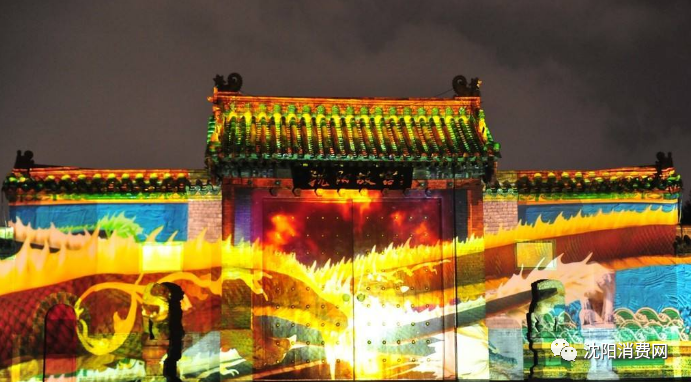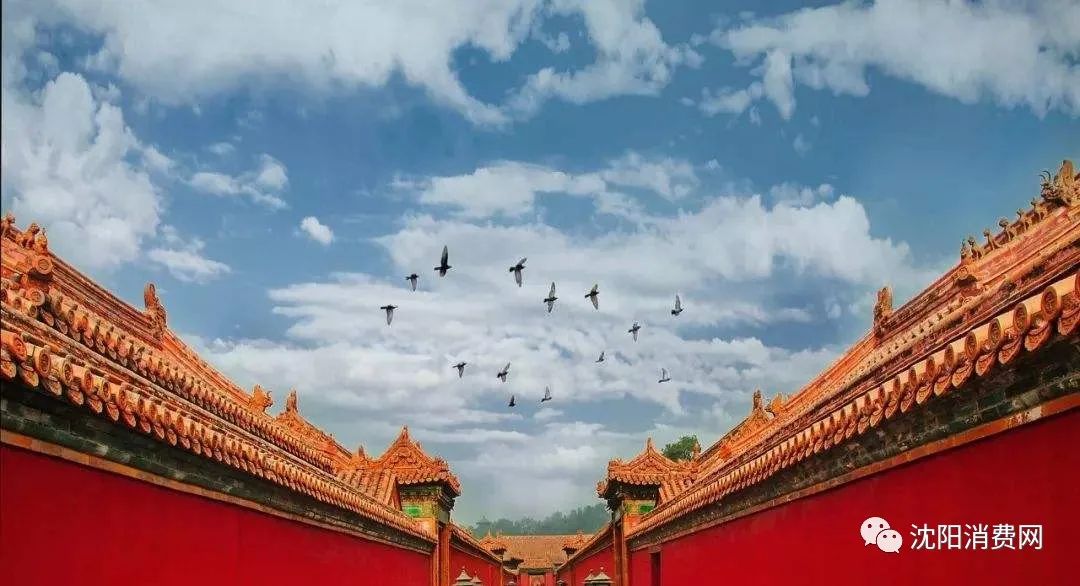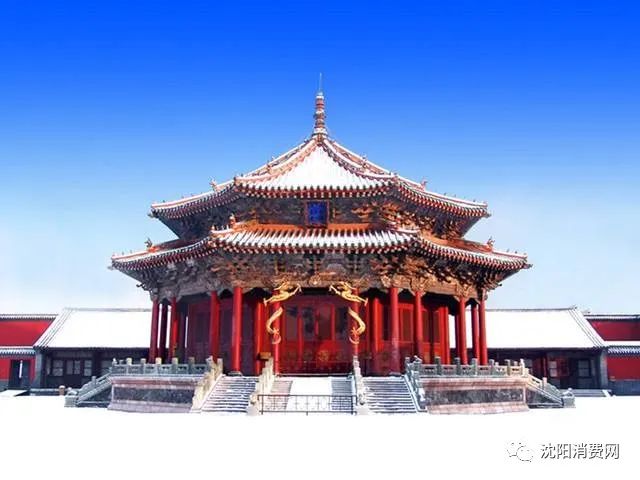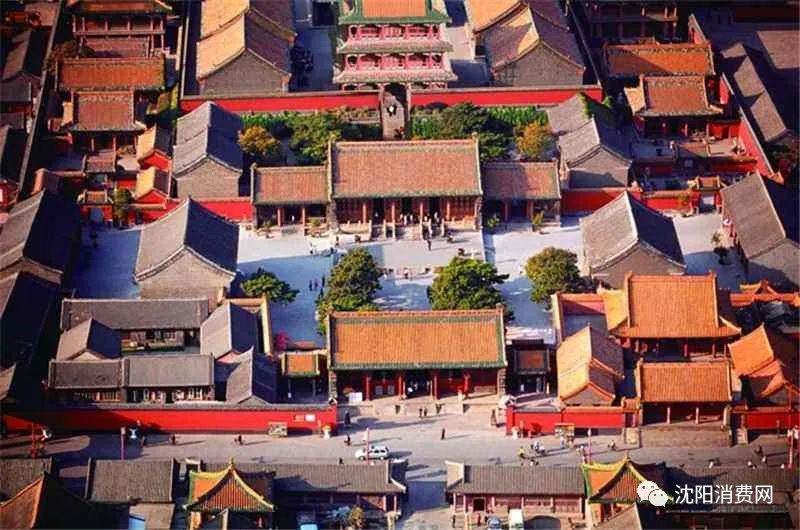广告位API接口通信错误,查看德得广告获取帮助
The 395-year-old Shenyang Palace Museum in Northeast China's Liaoning province is being given a modern makeover in order to appeal to younger generations and a wider audience in general via mobile apps such as Douyin, known as TikTok overseas. Projected onto the high walls of the palace, emperors sing and dance to popular music as neon lights shine a rainbow of colors, as part of a government-led drive in December to attract more tourists to the important historical site.
Shenyang Palace was built in 1625 by what was later known as the Qing Dynasty (1644-1911), the last dynasty of China. They then moved to Beijing and claimed the city as a capital, after overthrowing the Ming Dynasty (1368-1644).
The complex, with an area of 60,000 square meters, has 114 well-preserved buildings and more than 500 rooms. It has collections of ancient treasures from royal families, such as swords, arrows, musical instruments, paintings, clothing and porcelain. Qing emperors would often visit the palace to pay homage to their ancestors. The museum was among the first group of China's important heritage sites placed under State protection in 1961, and was listed as a UNESCO World Heritage Site in 2004.
The museum has taken part in many historic relic exhibitions overseas, including Canada, Singapore, Italy, the United States, the Netherlands, Finland, Japan and South Korea, according to its official website. Data from the Shenyang culture, tourism, radio and television bureau shows the number of visitors to the museum has increased year-on-year in the last three years, recording more than 2 million visits in 2018. Local officials proposed making the ancient palace complex and surrounding buildings into a 5A-level tourism site (the highest level in China) with global influence in 2017. At the recent political consultative conference of Shenyang in January, political adviser Li Xiushi suggested building a cultural and commercial block around the area with a market-based approach.
It expects to attract investment to optimize transport, culture and shopping, in order to drive the local economy, Li said. The 2-square-kilometer complex features both historical relics and residential communities, and so poses challenges in construction. A total of 34 buildings are planned for the renovation project, which is underway. Hutong, or narrow alleys, are also under renovation, and will feature royal and Manchu ethnic elements.
The actual use of foreign capital in the city of Shenyang in Northeast China's Liaoning province, surged 15 percent to reach $1.65 billion in 2019, the highest figure over the last five years, showing its efforts in going global have borne fruit. Imports and exports totaled 105.5 billion yuan ($15 billion) last year, up 7.2 percent on 2018. Imports grew 17.1 percent to reach 75.2 billion yuan. Shenyang aims to become a new frontier in opening-up and global cooperation, actively linking international rules and building an open economy, said Jiang Youwei, mayor of the city, at the third meeting of the 16th Shenyang's People's Congress in January. As a key industrial city in northeastern China, the Liaoning capital has attracted more than 100 Fortune Global 500 companies to invest in some 170 local companies. Those investors include automaker BMW, French tire maker Michelin and tire and rubber company Bridgestone. This year, the city will further accelerate opening-up by jointly promoting foreign investment and upgrading consumption. The aim is to help supply-side structural reform, and the adjustment and improvement of the industrial structure, according to the Shenyang commerce bureau. The city also plans to strengthen its automobile, high-end equipment and intelligent manufacturing sectors. |




